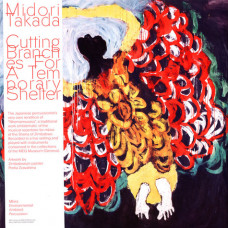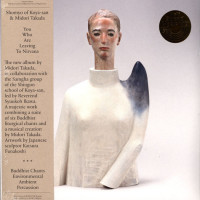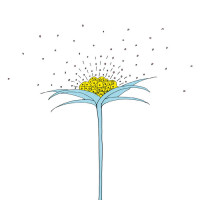Midori Takada explains: "African music is remarkable for its polyrhythms. Not only are there simultaneously several rhythmic motifs, sometimes as many as ten, but furthermore it may be that the part played by each musician has its own starting point and its own pace, all combining to form a cycle. All the cycles progress at the same time according to a single metrical structure which functions as a reference point, but which is not played by any one person from beginning to end. The structure emerges out of the multi-level parts, all different. With the Shona, the musical system is based on the polymelody: one performs simultaneously several melodic lines which are superimposed, each having its own rhythmic organization. It is truly captivating. In Western classical music, one four-beat rhythm induces some precise temporal framework and regular reference points, which come on the strong beats 1 and 3. But in the logic of the Shona musical system, and in other African music, the melody can begin in the very middle of the cycle and be continued up to some other place in an autonomous manner, as if it had its own personality. It’s very rich."
The album comes with in-depth liner notes that include an interview by Midori Takada, a point of view by Zimbabwean scholar, musician and activist Forward Mazuruse, and background information on the project by Isabel Garcia Gomez and Madeleine Leclair from MEG Museum. The sleeve features an artwork by celebrated Zimbabwean painter Portia Zvavahera. Part of the budget for the album was donated to Forward Mazuruse’s Music For Development Foundation whose aim is to identify, nurture, and record young but underprivileged musicians in Zimbabwe.
| Format | |
| 12" | |
| Inhalt | |
| 1xLP | |
Ähnliche Produkte
Shomyo of Koya-san / Midori Takada - You Who Are Leaving To Nirvana
Recorded at The Premises Studio (London) and in Tokyo in 2019,You Who are Leaving to Nirvana is a ma..
39,00 CHF Netto 36,08 CHF
Midori Takada / Masahiko Satoh - Lunar Cruise
The first time on vinyl for Japanese percussionist Midori Takada's 1990 album 'Lunar Cruise', record..
32,00 CHF Netto 29,60 CHF
Mkwaju Ensemble (Midori Takada) - Ki-Motion
A highly creative and transcendental fusion of marimba, vibraphone, bamboo percussion and synthesize..
32,00 CHF Netto 29,60 CHF




